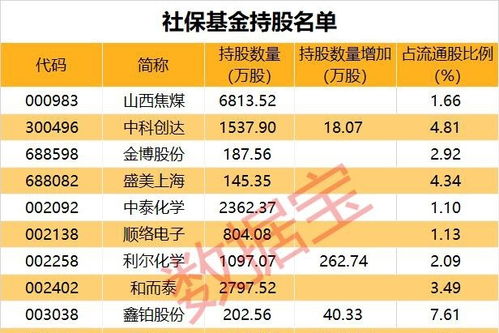Title: Understanding the Size of China's Social Security Fund
China's social security fund has been a topic of discussion in recent years, with questions arising about its adequacy and sustainability. To evaluate its size and implications, let's delve into key aspects of the fund.
The Social Security Fund (SSF) in China serves as a financial safety net, supporting various social welfare programs such as pensions, healthcare, unemployment benefits, and housing. Established in 2000, its primary objective is to ensure longterm sustainability and mitigate the challenges posed by an aging population.
The size of China's SSF is influenced by several factors:
- Contributions: The fund receives contributions from both employees and employers. These contributions are determined as a percentage of employees' salaries.
- Investment Returns: SSF investments, primarily in lowrisk assets such as government bonds and bank deposits, generate returns contributing to fund growth.
- Government Subsidies: At times, the government injects funds into the SSF to maintain stability and ensure it meets its obligations.
However, despite these inflows, the SSF's size relative to the population's needs remains a concern.
Several challenges affect the SSF's growth and adequacy:
- Demographic Shift: China's aging population places strain on the fund, as there are fewer active contributors relative to retirees.

- Low Contribution Rates: The contribution rates in China are relatively low compared to other countries, limiting the fund's growth potential.
- Investment Constraints: Regulations often limit SSF investments to lowrisk assets, which may hinder the fund's ability to generate significant returns.
- Transparency and Governance: Ensuring transparency in fund management and governance is crucial to maintain public trust and optimize fund performance.
To address the challenges and enhance the SSF's size and effectiveness, the following measures could be considered:
- Adjustment of Contribution Rates: Gradual increases in contribution rates can bolster the fund's resources while balancing the burden on contributors.
- Diversification of Investments: Exploring opportunities for diversified investments, including equities and alternative assets, can potentially enhance longterm returns.
- Policy Reforms: Reviewing regulations to allow for more flexibility in investment strategies and governance can improve the SSF's efficiency.
- Public Awareness Campaigns: Educating the public about the importance of social security and the need for sustainable funding can encourage voluntary contributions and support for reform efforts.
While China's Social Security Fund may face challenges related to its size and sustainability, proactive measures can mitigate these concerns and ensure its effectiveness in providing essential social welfare services. By addressing demographic shifts, enhancing investment strategies, and promoting transparency, China can strengthen its social security system for the benefit of its citizens.
